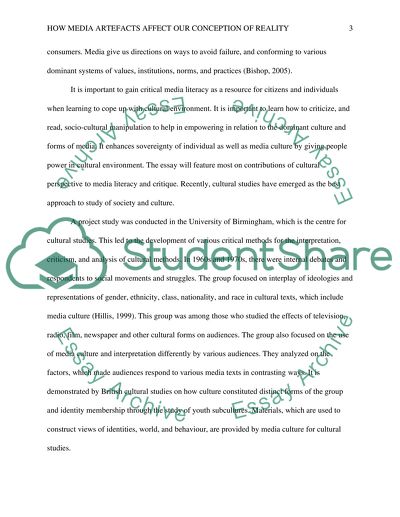Cite this document
(“How media artefacts affect our conception of reality Essay”, n.d.)
Retrieved from https://studentshare.org/journalism-communication/1404250-how-media-artefacts-affect-our-conception-of
Retrieved from https://studentshare.org/journalism-communication/1404250-how-media-artefacts-affect-our-conception-of
(How Media Artefacts Affect Our Conception of Reality Essay)
https://studentshare.org/journalism-communication/1404250-how-media-artefacts-affect-our-conception-of.
https://studentshare.org/journalism-communication/1404250-how-media-artefacts-affect-our-conception-of.
“How Media Artefacts Affect Our Conception of Reality Essay”, n.d. https://studentshare.org/journalism-communication/1404250-how-media-artefacts-affect-our-conception-of.


